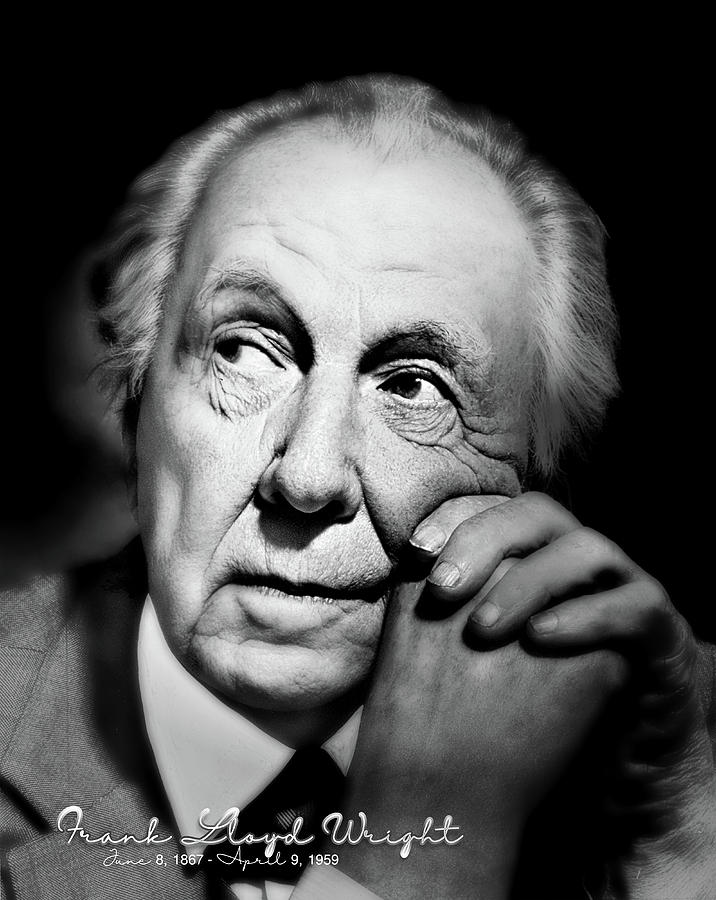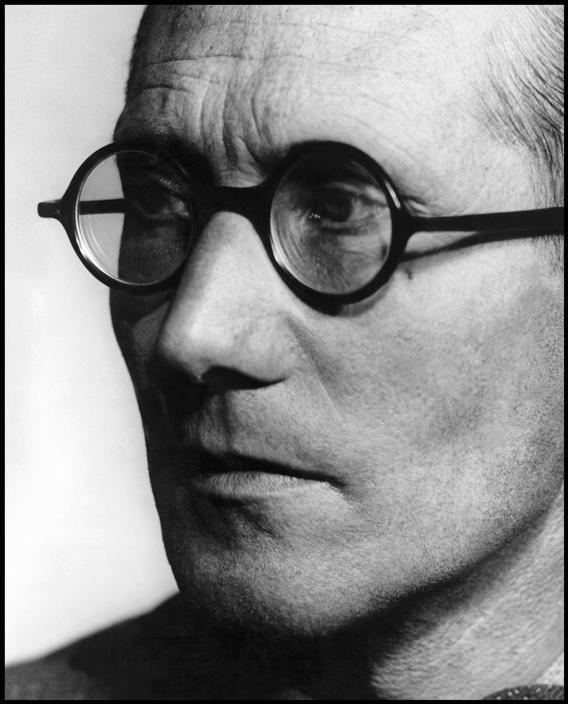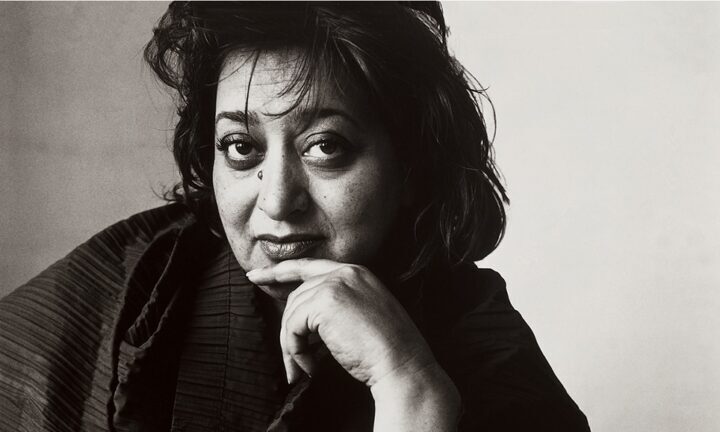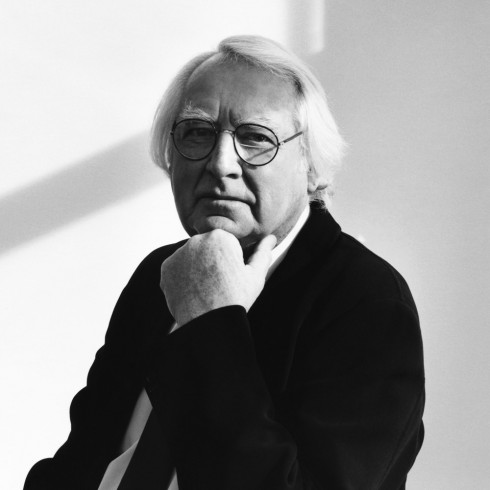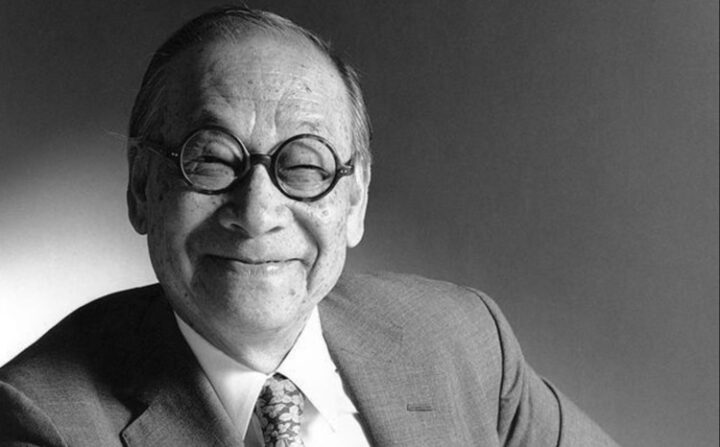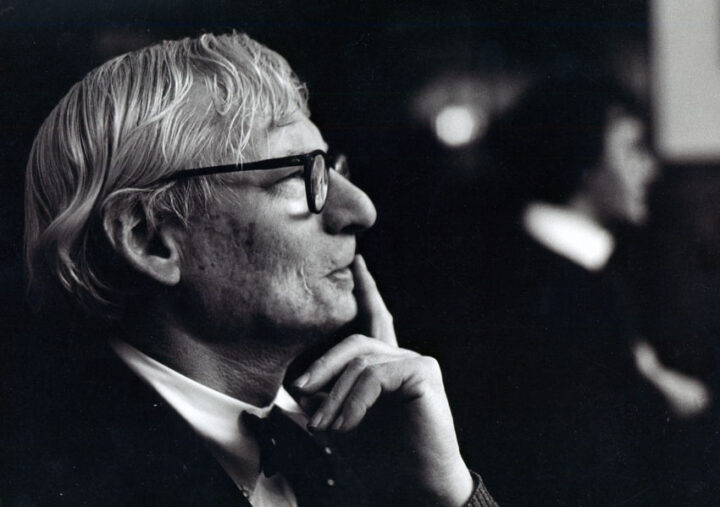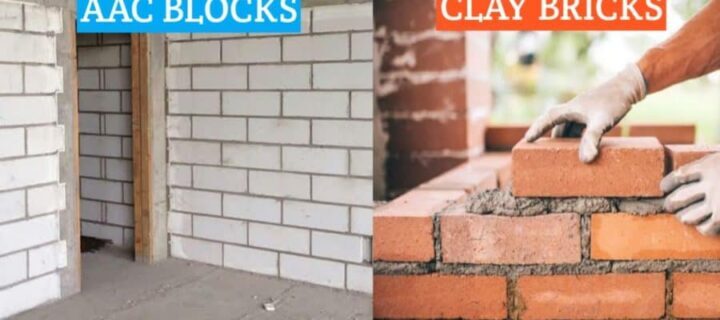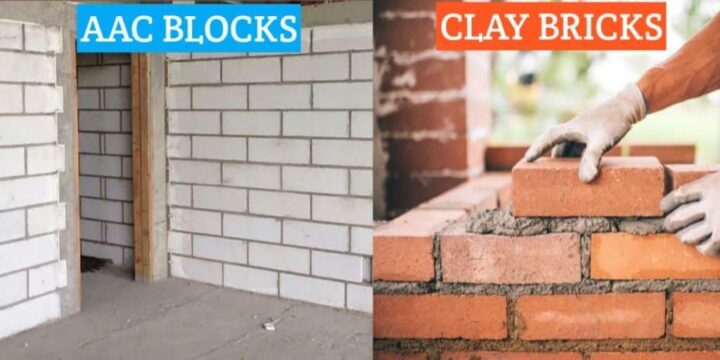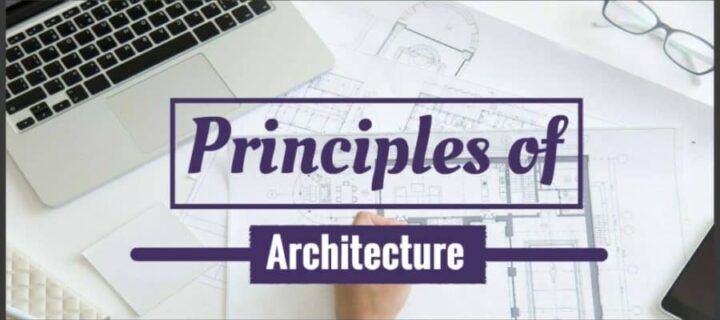Best Architecture Books that every Architect must have
Now and again I get inquiries from individuals like you asking for advice and recommended reading. If you have to expand your knowledge about architecture. Have you recently graduated and starting at the bottom of work life? Need some inspiration to pursue architecture then these books will inspire you and change your perspective as a designer, Here is a list for best architecture books, broken down into categories.
Theory + Design
S,M,L,XL by Rem Koolhaas and Bruce Mau

This was a monumental, ground shifting book when it came out in 1995. Before then, architecture books were mainly stiff “portfolios” or theoretical treatises. The landscape is different now, see KM3 by MVRDV and more recently, Yes is More by Bjarke Ingels for example. This reads as a maniacal heart racing ride-along with renegade architects on the run. Diary entries, unashamed messy models and sketches, a dictionary running throughout the book in the margin, and construction photos all work together in a novel way to give the reader a front row seat in a fast moving and high profile architecture firm. Just get it and enjoy the ride. S,M,L,XL is one architecture book that could go in any category; because of the unique insight during the design process I put it here.
Architecture: Form, Space, and Order
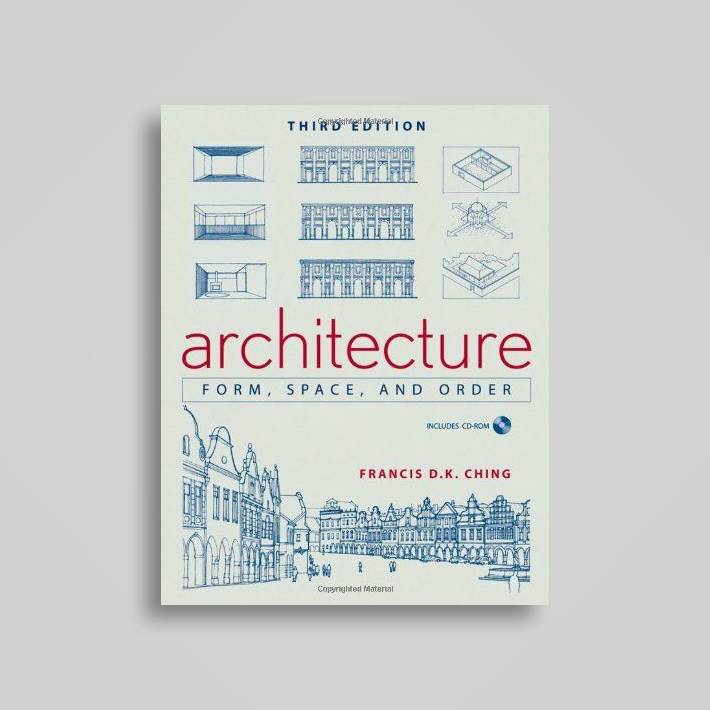
For more than forty years, the beautifully illustrated Architecture: Form, Space, and Order has served as the classic introduction to the basic vocabulary of architectural design.The updated and revised Fourth Edition features the fundamental elements of space and form and is designed to encourage critical thought in order to promote a more evocative understanding of architecture.This book undoubtedly would make its place in every best architecture books list.
Introduction to Architecture
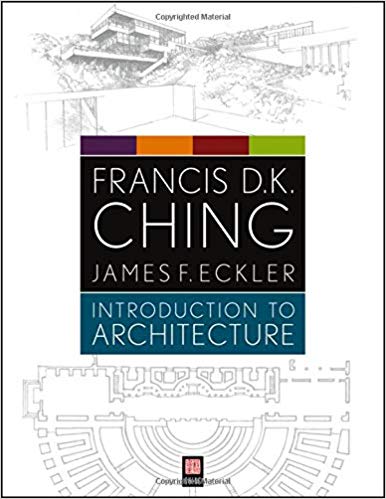
Introduction to Architecture presents the essential texts and drawings of Francis D. K. Ching for those new to architecture and design. With his typical highly graphic approach, this is the first introductory text from Ching that surveys the design of spaces, buildings, and cities. In an easy to understand format, readers will explore the histories and theories of architecture, design elements and process, and the technical aspects of the contemporary profession of architecture.
Architecture Workbook: Design Through Motive by Sir Peter Cook
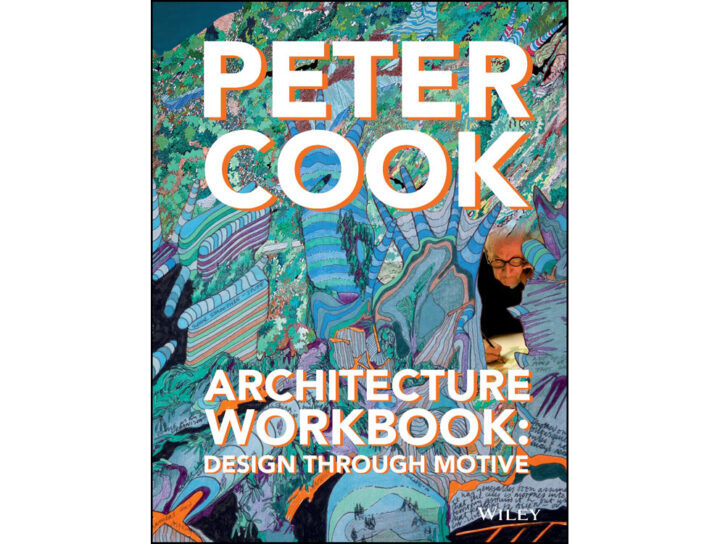
Peter Cook was a main member of the neofuturist architecture group, “Archigram” in the 1960’s. He is basically an architecture superstar before “starchitects” existed. The Archigram projects were so out of this world you could call them instigations more than projects. Fortunately for us, he didn’t “grow out of this phase” and his built work is as exciting as his early sketches, see Kunsthaus Graz in Vienna for example. This book is divided into different motives, such as “Architecture as Theater” and “Can We Learn From Silliness?”. The former chapter includes a thorough analysis of food kiosks across Europe. Sir Cook’s writing reads as clear and conversation theory that is fun and engaging.
Thinking Architecture by Peter Zumthor
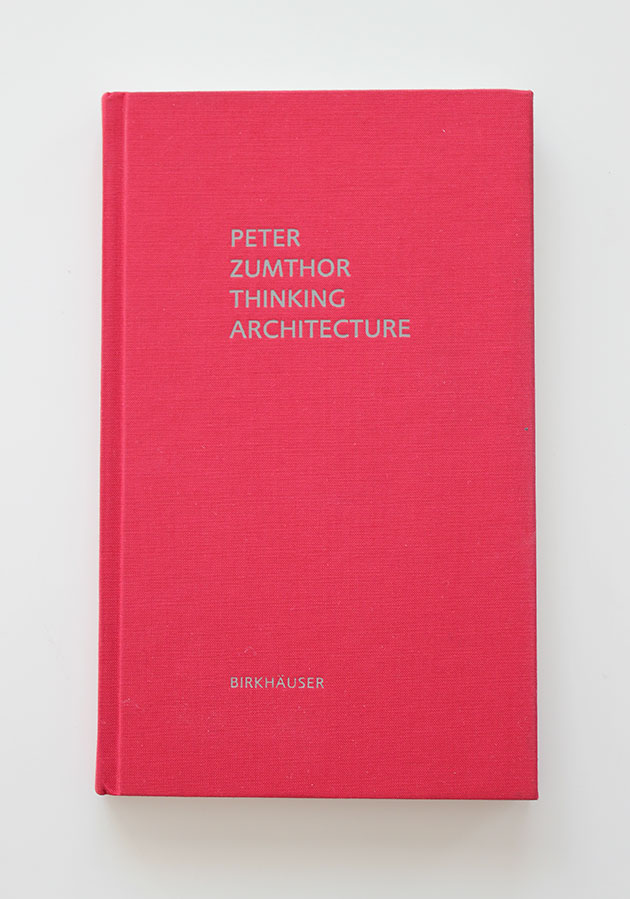
Thinking architecture is a collection of essays and lectures that Zumthor gave, it feels like an intimate conversation. This book feels like fragments of a Tarkovsky movie, except you don’t need the attention span of a saint to follow. When you are in the weeds of construction documents, RFI’s, AFP’s, and need a mind refresher, pick up Thinking Architecture.
Towards a New Architecture by Le Corbusier
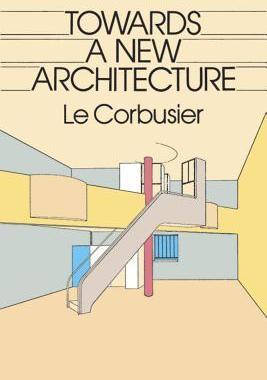
One of my first architecture books. When it comes to “un-learning”, which I think is essential to becoming an architect, this book should be at the top of the pile. Corbu was living through the changes of the Machine Age and was drawn to the naked truth of machine design. He wanted to create architecture that was as truthful to its use as a machine is to its use. A classic that should be on every architect’s shelf.
Opportunistic Architecture

A beautifully crafted representation of LTL Architects’ thought process, design considerations, and multimedia graphics across a variety of their projects.
The Architecture of Happiness
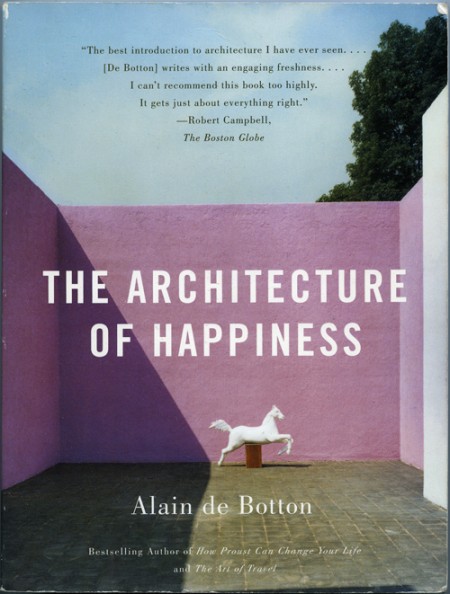
The Achitecture of Happiness is a dazzling and generously illustrated journey through the philosophy and psychology of architecture and the indelible connection between our identities and our locations.One of the great but often unmentioned causes of both happiness and misery is the quality of our environment: the kinds of walls, chairs, buildings, and streets that surround us. And yet a concern for architecture is too often described as frivolous, even self-indulgent. Alain de Botton starts from the idea that where we are heavily influences who we can be, and argues that it is architecture’s task to stand as an eloquent reminder of our full potential.
The Architects Studio Companion
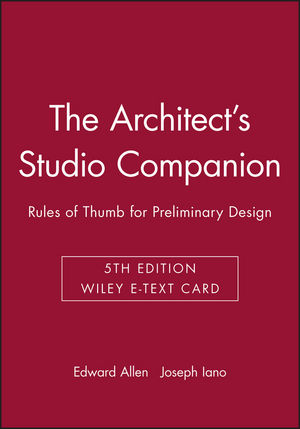
A summary of building guidelines to help facilitate the design process. Has helpful diagrams for designing mechanical systems, structural systems, and determining life safety requirements.
Get this book for free by clicking here
Construction & Structures
Why Buildings Stand Up
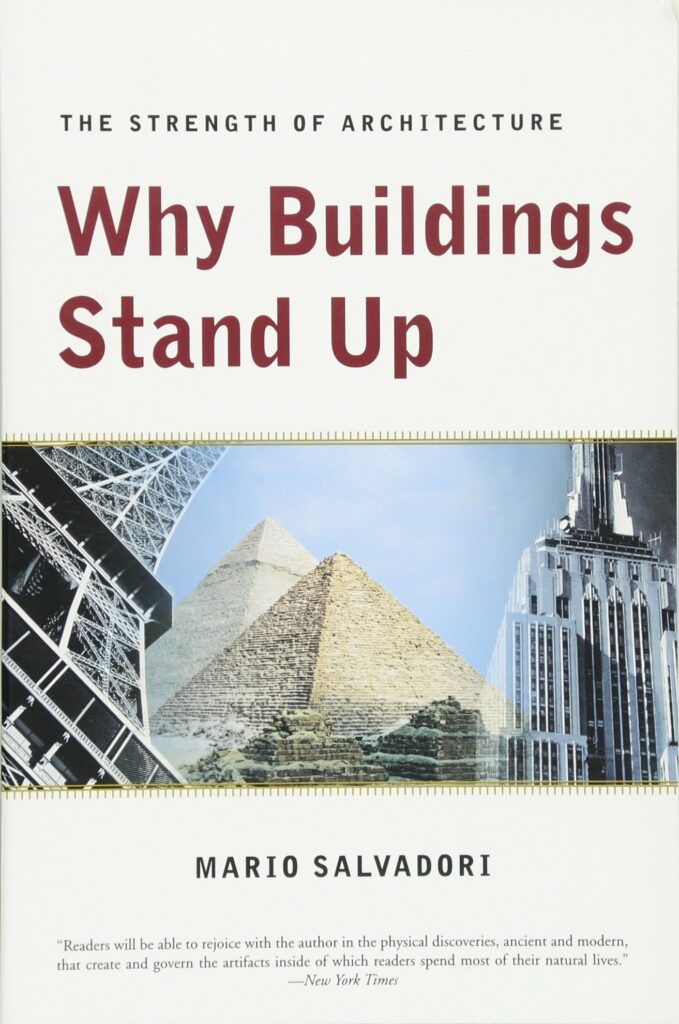
Here is a clear and enthusiastic introduction to buildings methods from ancient times to the present day, including recent advances in science and technology that have had important effects on the planning and construction of buildings. Explains the theory behind structural marvels such as the Eiffel Tower, Pyramids, and skyscrapers as well as many others. Readers will rejoice… in the physical discoveries, ancient and modern, that create and govern the artifacts inside of which readers spend most of their natural lives.
Why Buildings Fall down
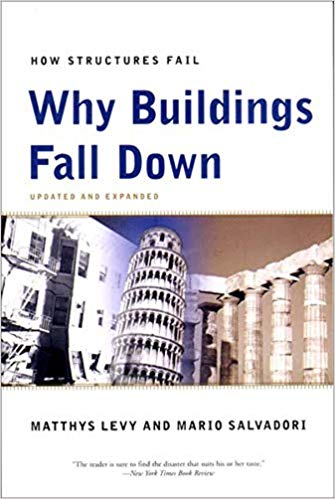
The stories that make up Why Buildings Fall Down are in the end very human ones, tales of the interaction of people and nature, of architects, engineers, builders, materials, and natural forces all coming together in sometimes dramatic ways.This book thoroughly details and discusses the variety of factors that can contribute to structural failures in the form of both sketches and words.
Modern Carpentry
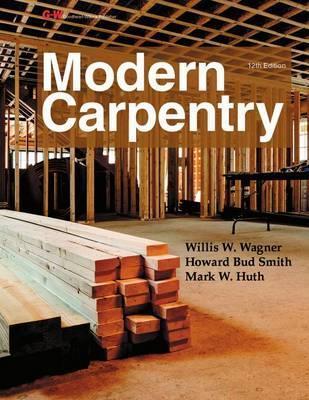
This is a book on how to build buildings. Uses clear, nontechnical language and detailed illustrations to provide the clearest presentation of any carpentry book on the market.- Provides detailed coverage of residential and light commercial construction.- Units are arranged in a logical sequence–similar to the order in which various phases of construction are performed.- Includes step-by-step procedures, which are set off from the text.- Entire unit devoted to safety, plus additional safety material printed in red type throughout the text.- Math appendix covers skills required for carpentry. It has information on construction methods and techniques, types of structural materials and member sizes, as well as MEP info and so much more.
Graphic Guide to Frame Construction by Rob Thallon
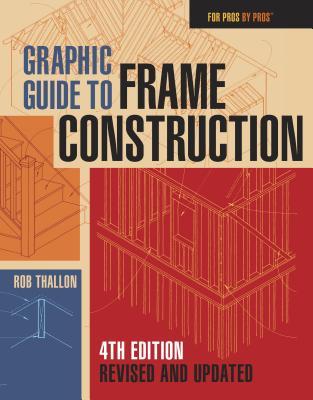
If you find yourself working on wood frame construction, this is an excellent starter book to help you understand how framing works and how to start detailing under many different conditions. When you know how carpenters frame, you set yourself up for success because you can speak their language. It will also help you when you are creating unusual designs, because you will understand WHY typical details are the way they are. When you understand the rules on this level, it makes breaking the rules that much easier.
Form & Forces
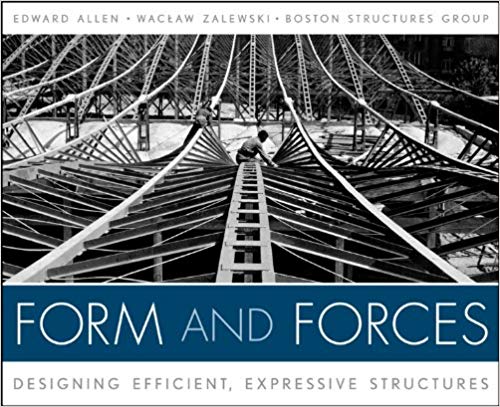
Here, in one volume, is all the architect needs to know to participate in the entire process of designing structures. Emphasizing bestselling author Edward Allen’s graphical approach, the book enables you to quickly determine the desired form of a building or other structure and easily design it without the need for complex mathematics. This unique text teaches the whole process of structural design for architects, including selection of suitable materials, finding a suitable configuration, finding forces and size members, designing appropriate connections, and proposing a feasible method of erection. Chapters are centered on the design of a whole structure, from conception through construction planning.
Drawing + Graphic
Sketching for Architecture + Interior Design
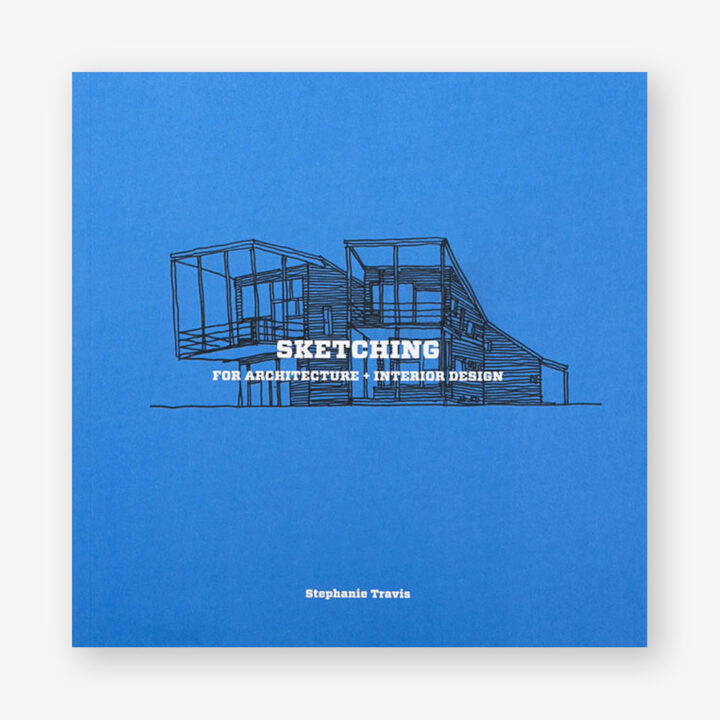
The debate surrounding hand drawing versus computer-generated imagery has become a hot topic. Having grown up with computers, today’s interior design and architecture students are extremely adept at creating computer imagery, but often lack confidence in their freehand sketching skills, or do not know how to sketch at all. Sketching, and the careful observation that it entails, is essential for the successful development of the next generation of designers. Forty-five step-by-step exercises take the student from the simple three-dimensional forms of furniture, to interiors, to complex building exteriors and cityscapes. Technical topics covered include tools, line weights, perspective, proportion, composition, shading, serial views, and context. Exercises are illustrated with beautiful sketches specially created by the author. Sketching for Architecture and Interior Design is an indispensable and practical guide for students wishing to master the art of looking and sketching
Freehand Sketching
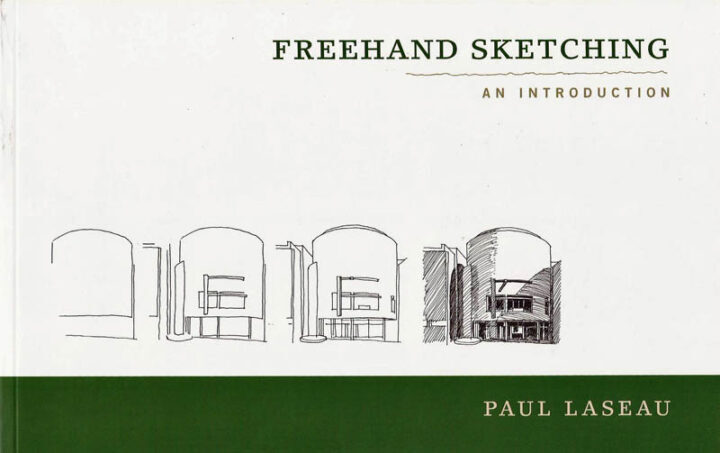
From basic skills to sketch construction using grids, frames, and shapes to the creation of tone, texture, color, and detail, and experimentation with digital rendering, Freehand Sketching helps you build your drawing skill and confidence through mastery of fundamentals. Carefully designed exercises guide you step by step in effective sketching in the studio and in the field. Also covered are helpful topics such as useful equipment, observation skills, framing and editing sketches, rendering people, and keeping a journal.
Architectural Graphics by Francis D. K. Ching
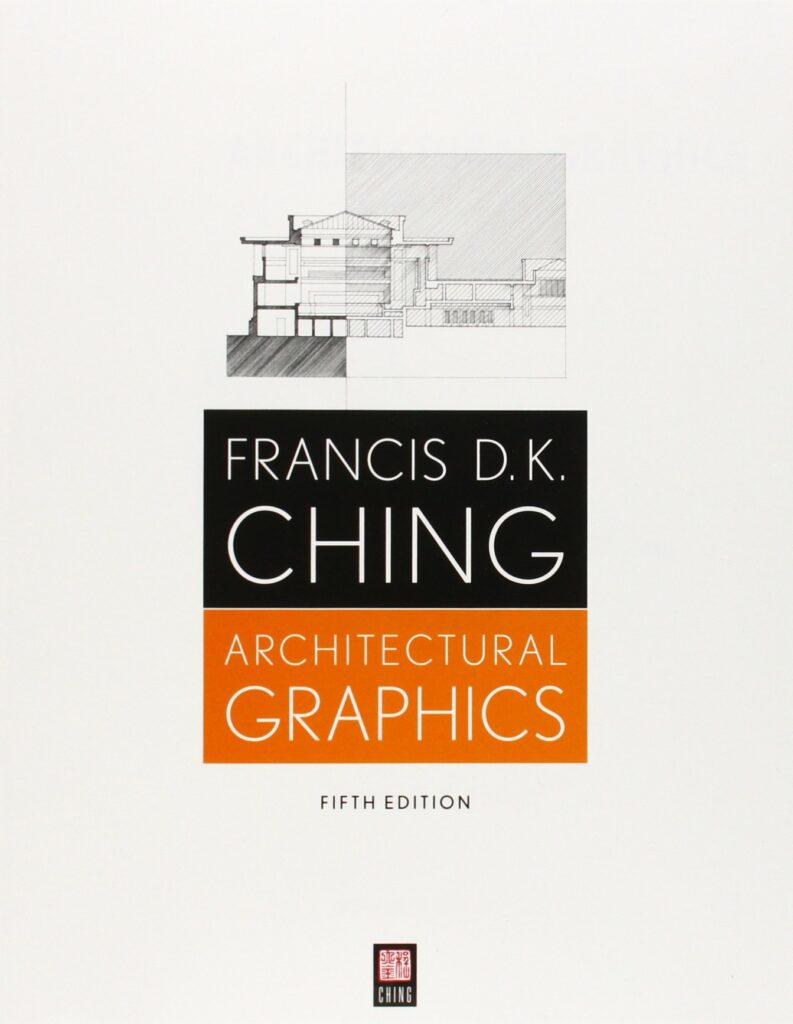
Architectural graphics both inform the design process and serve as the means by which a design is interpreted and built. Complete mastery of the tools and conventions is essential to the successful outcome of any project, and mistakes can cause confusion, time delays, increased costs, and possible catastrophe. Architectural Graphics is the comprehensive guide to professional architectural drawing, with insight from a leading authority in the field.
5-Minute Sketching - by Liz Steel

5-Minute Sketching — Architecture can help artists of all abilities — but especially novices — to understand and reproduce real-life perspective in their drawings. The rules of perspective will become instinctive and the artist can focus on the creative: decorative forms, the setting, the mood, the people, and the activity that gives life to architecture. This book features a comprehensive collection of expert tips, ideas and inspirational examples of amazing 5-minute sketches of architecture. Its bite-sized approach shows how little time is needed to make drawing a part of everyday life.
Design Visualization - by Shima Rabiee
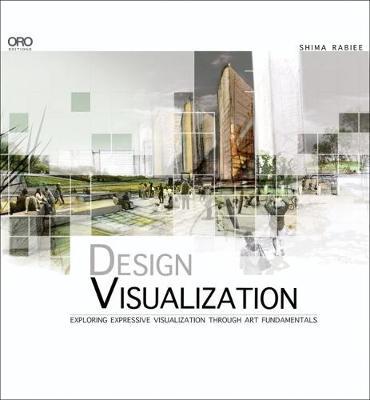
This book intends to enhance the artistic knowledge and perceptions of designers, which will be realized through observation of the work of masters of art and analysis of the masters’ presentation methods, followed by offering ways of effectively applying these methods to the visualization and representation of design ideas. The book also describes the application of these principles to visualization and rendering, providing step-by-step examples. These examples include both digital and freehand drawing techniques as well as their combinations. The book offers simple steps for the visualization, each of which is taught analytically and illustratively.
Architecture + Entrepreneurship
Architect + Entrepreneur: by Eric Reinholdt
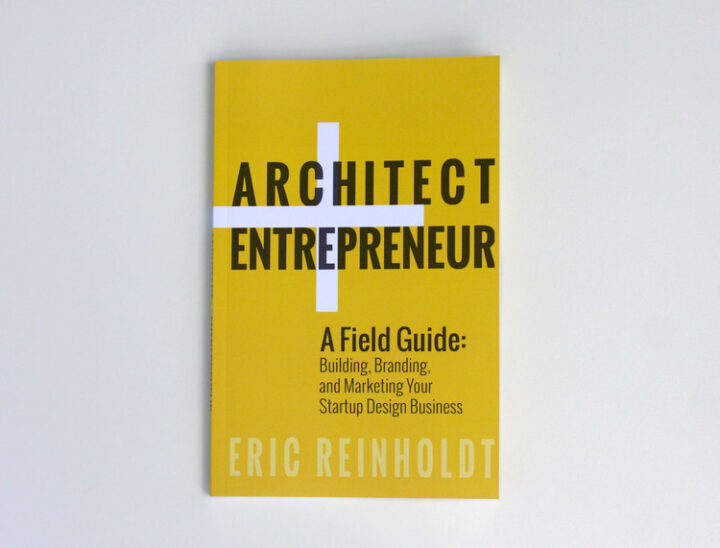
I have many books on how to run an architecture business but chose this one in particular because it is up to date on contemporary marketing strategies. Eric Reinholdt is also a believer in the importance of systematizing your business, which I can’t stress enough.
Building a Story Brand - by Donald Miller’s

Donald Miller’s StoryBrand process is a proven solution to the struggle business leaders face when talking about their businesses. This revolutionary method for connecting with customers provides readers with the ultimate competitive advantage, revealing the secret for helping their customers understand the compelling benefits of using their products, ideas, or services. Building a StoryBrand does this by teaching readers the seven universal story points all humans respond to; the real reason customers make purchases; how to simplify a brand message so people understand it; and how to create the most effective messaging for websites, brochures, and social media. Whether you are the marketing director of a multibillion dollar company, the owner of a small business, a politician running for office, or the lead singer of a rock band, Building a StoryBrand will forever transform the way you talk about who you are, what you do, and the unique value you bring to your customers.
The Four Hour Work Week

The 4-Hour Workweek is the step-by-step blueprint to free yourself from the shackles of a corporate job, create a business to fund the lifestyle of your dreams, and live life like a millionaire, without actually having to be one.
This Is Marketing - Seth Godin

Seth Godin has taught and inspired millions of entrepreneurs, marketers, leaders, and fans from all walks of life, via his blog, online courses, lectures, and bestselling books. He is the inventor of countless ideas and phrases that have made their way into mainstream business language, from Permission Marketing to Purple Cow to Tribes to The Dip.Now, for the first time, Godin offers the core of his marketing wisdom in one
This is our List of Best Architecture Books.Do let us know in the comment section your list of Best Architecture books.
Read More :
Best Websites for Architects & Design Inspiration
Famous Architects of All Time You Should Know
Best Architecture Books that every Architect must have Read More »









